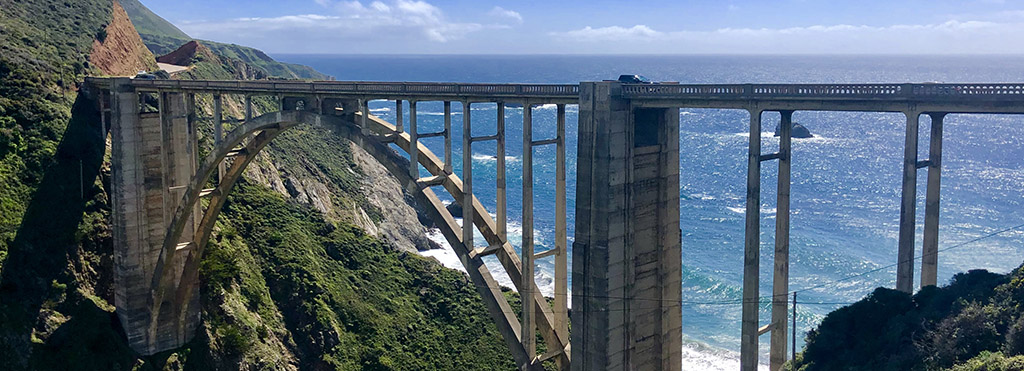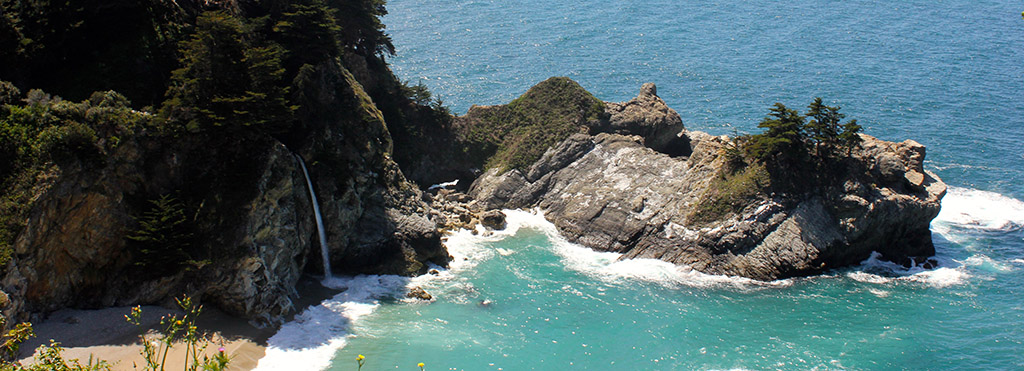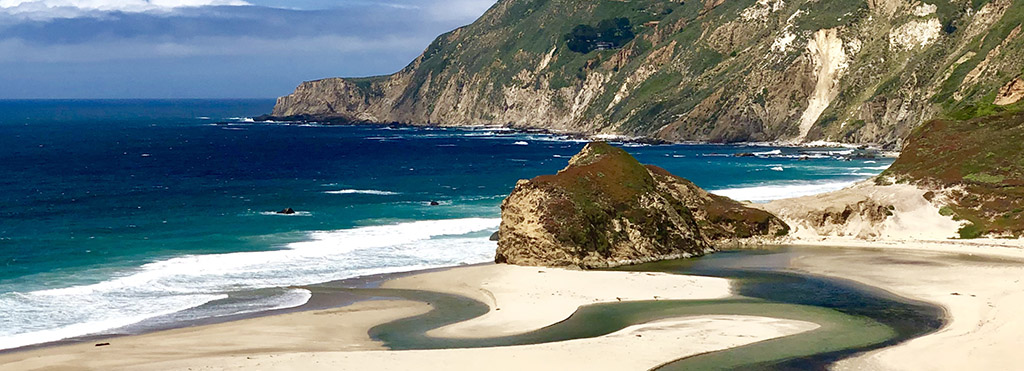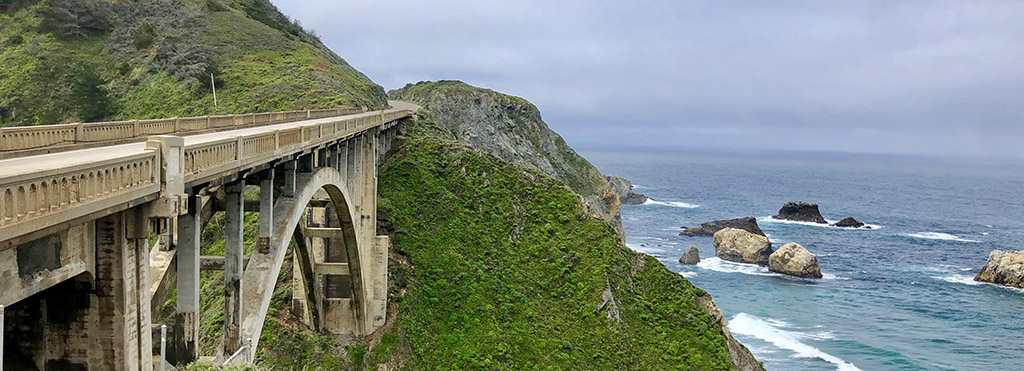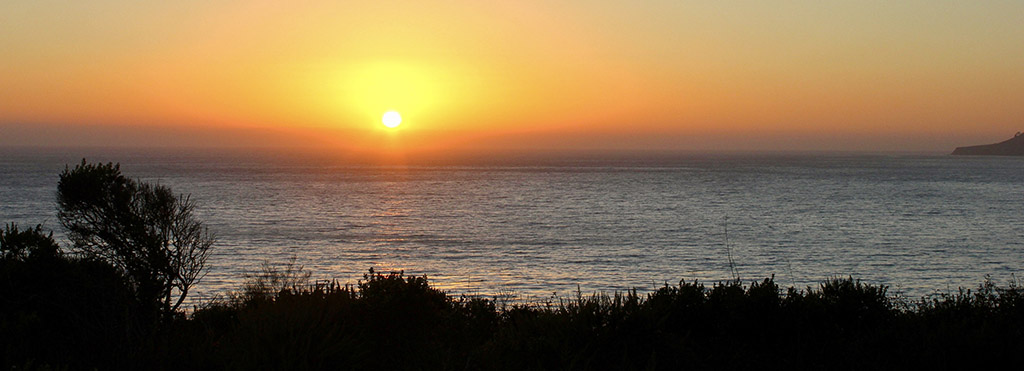The perfect itinerary to California’s Central Coast is not complete until you visit Big Sur. Big Sur is a must do travel destination if you are planning a trip to California. It’s important to understand the geography of Big Sur. Big Sur consists of the actual town of Big Sur, and roughly 100 miles of pristine coast line that stretches from Carmel to San Simeon & Cambria in the south.
Big Sur is easily accessible via State Highway 1, also-known-as the Pacific Coast Highway or PCH. The PCH is a major north-south corridor that runs along most of the Pacific coastline of California.
Getting There
Follow the signs! Big Sur is somewhat geographically located halfway between San Francisco and Los Angeles and getting to Big Sur is very easy. From the north, take the Highway 1 PCH south from Monterey/Carmel and from the south head north on Highway 1 from Cambria.

What to expect
Also known as El Pais Grande del Sur; Big Sur is the longest and most scenic section of undeveloped coastline remaining in the United States. Big Sur is easily accessible and can be very buys on weekends. Every year, over 7 million visitors pass through Big Sur. Most of Big Sur’s attractions remain unmarked, and some remote areas still don’t have electricity including cell phone service.
Big Sur offers some of the best tranquil lodging and camping destinations in the states, along with some exquisite restaurants offering a variety of American and California cuisine. All of this comes with front row views of the Pacific Ocean. If you visit Big Sur from April through December, you can witness humpback whales, blue whales, dolphins and killer whales migrating south to Baja.
Weather
Big Sur weather can be mild. September and October are typically the best months to visit since they are the most likely to be fog and rain free. If you visit in the Spring; you will be treated to magnificent vistas with beautiful wildflowers coming into bloom.
On average, September is the warmest month and January is the coldest. December, January and February also receive the most amount of rain. For the current highway conditions visit Caltrans or call 1-800-427-7623.

